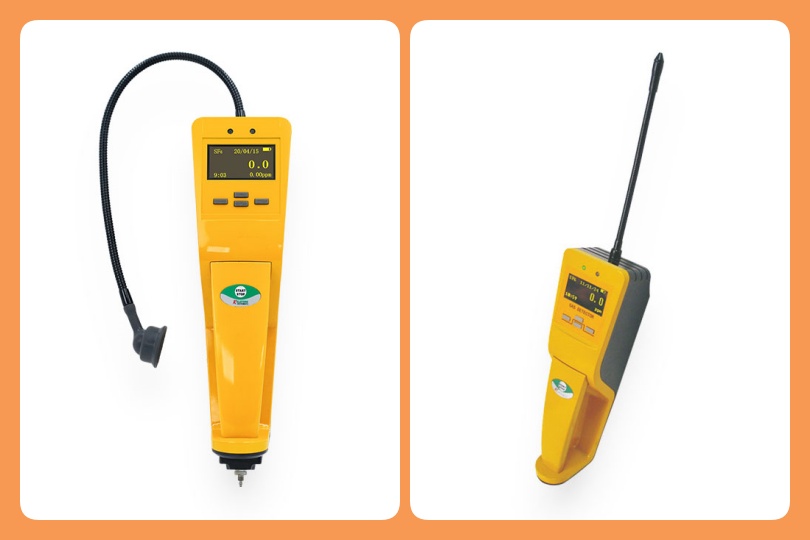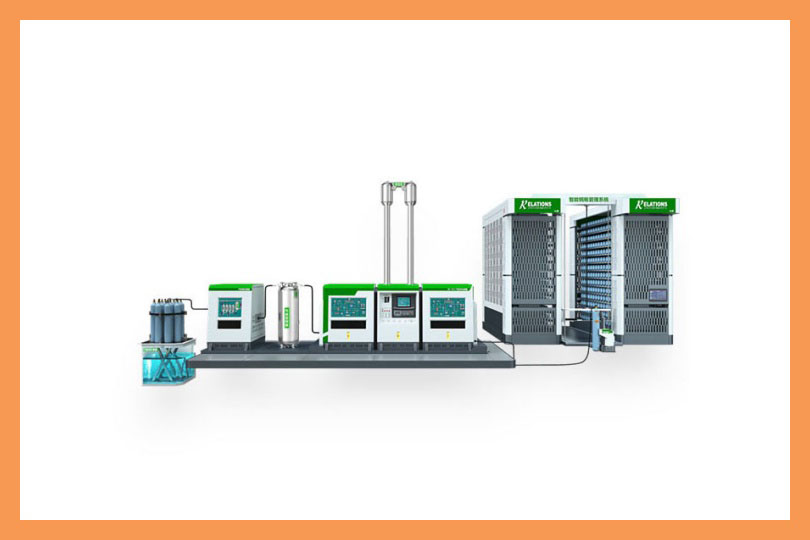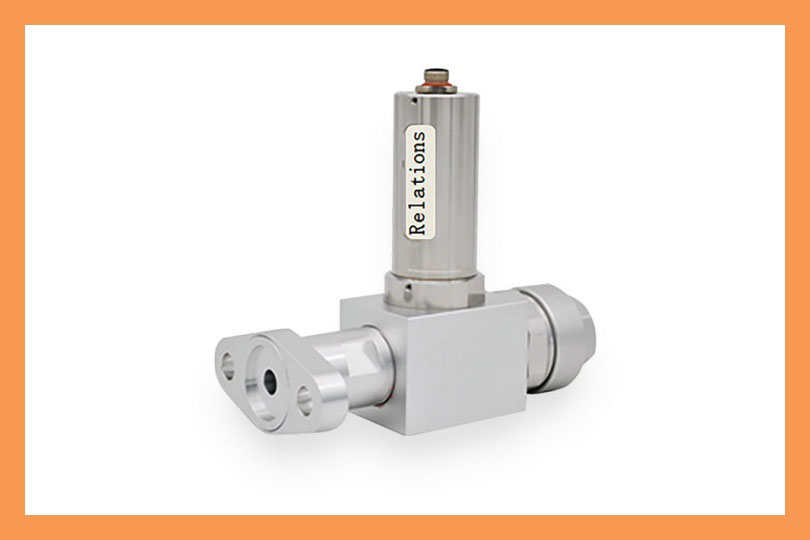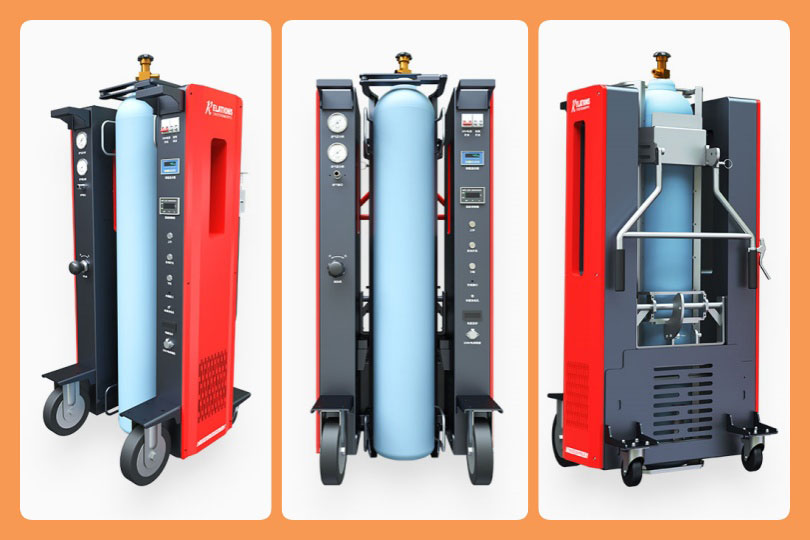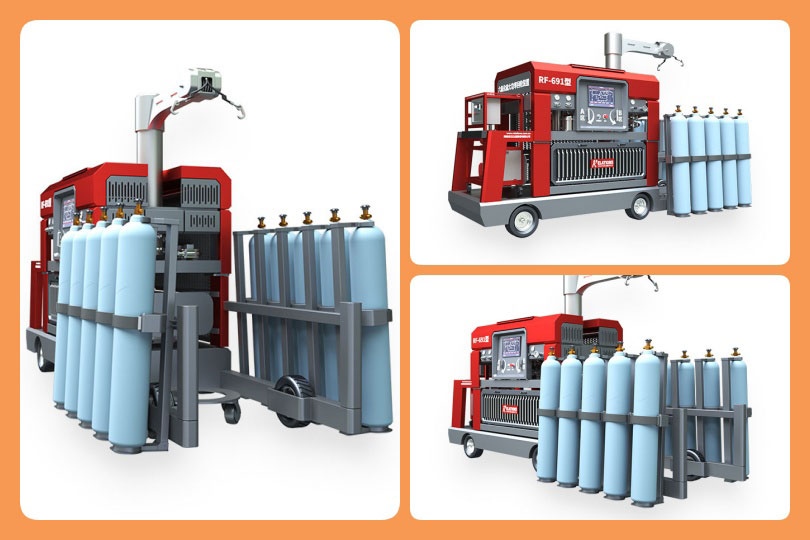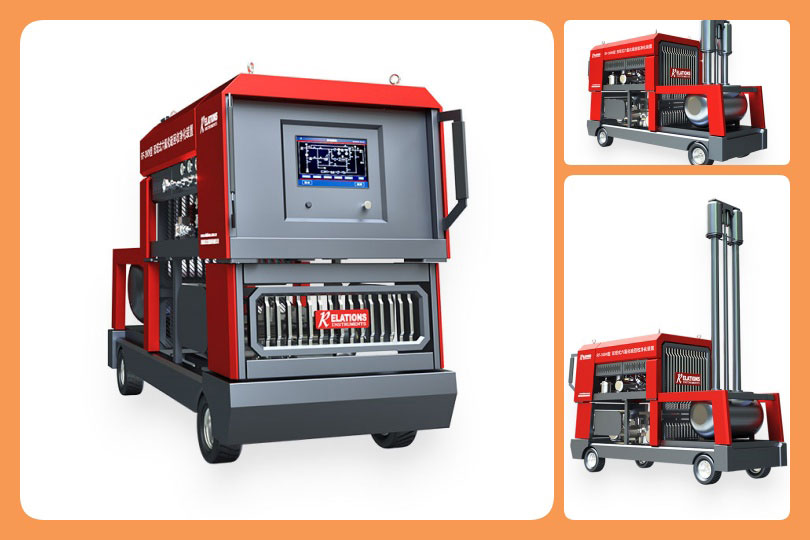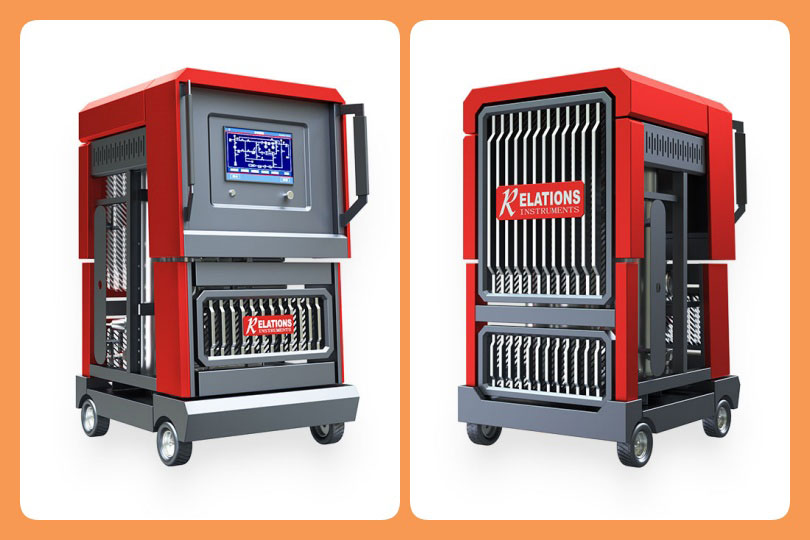How to Choose the Right SF6 Gas Filling Kit for HV Breakers? Key Selection Criteria
Date
2025-10-11
[email protected]
Website
www.sf6gasdetector.com
Get Solutions And Quotes
How to Choose the Right SF6 Gas Filling Kit for HV Breakers? Key Selection Criteria
High-voltage (HV) breakers are critical components in power grids, responsible for interrupting fault currents and ensuring stable power supply. SF6 gas, with its excellent insulation and arc-extinguishing properties, is widely used as the insulating medium in HV breakers. However, SF6 gas leakage over time can degrade the breaker’s performance, leading to power outages or safety risks. This is where an SF6 gas filling kit for HV breakers becomes indispensable—it enables efficient, safe refilling of SF6 gas to maintain HV breakers’ optimal operation.
Why an SF6 Gas Filling Kit Is Essential for HV Breakers
HV breakers rely on SF6 gas at specific pressure levels to function properly. Even minor leaks (common due to aging seals or mechanical wear) reduce gas density, weakening insulation and arc-extinguishing capabilities. Without timely refilling, HV breakers may fail to interrupt currents during faults, causing equipment damage or grid blackouts.
An optimized SF6 gas filling kit for HV breakers addresses these challenges by:
- Ensuring precise gas pressure control: Unlike generic filling tools, it matches the pressure requirements of different HV breaker models (typically 0.6–1.2 MPa for medium-voltage, 1.5–2.5 MPa for high-voltage).
- Preventing secondary leaks: Equipped with high-seal connectors (e.g., ISO 7241-1 standard) that fit HV breaker gas ports, minimizing gas escape during refilling.
- Enhancing safety: Integrating pressure relief valves and anti-overfill protections to avoid gas overpressure, which can damage the breaker’s gas chamber.
- Supporting field operations: Compact, portable designs with durable hoses and lightweight frames allow technicians to use the kit in substation yards or remote sites.
How to Choose the Right SF6 Gas Filling Kit for HV Breakers
Selecting a suitable kit directly impacts refilling efficiency and HV breaker lifespan. When evaluating options, focus on these key factors:
1. Compatibility with HV Breaker Specifications
First, confirm the kit’s pressure range matches your HV breakers. For example, if your grid uses 252kV HV breakers (requiring 1.8 MPa SF6 pressure), choose a kit with a maximum pressure capacity of 2.5–3 MPa to avoid underfilling or equipment strain. Additionally, check connector types—most HV breakers use DN8 or DN10 gas ports, so the kit should include compatible quick-connect fittings.
2. Sealing and Leakage Control
SF6 is a potent greenhouse gas, so leakage during refilling not only wastes gas but also violates environmental regulations (e.g., IEC 60480). Prioritize kits with:
Double-seal O-rings (made of nitrile rubber or Viton) for connectors.
A built-in gas recovery function (some advanced kits) to capture residual gas before refilling, reducing emissions.
3. Precision and User-Friendliness
Look for kits with a high-precision pressure gauge (accuracy ±0.5%) to ensure accurate gas filling—overfilling can cause gas chamber deformation, while underfilling risks breaker failure. Additionally, features like digital pressure displays and one-click operation simplify use for on-site technicians, reducing human error.
4. Compliance with Industry Standards
Choose kits certified to IEC 62271-4 (for HV switchgear accessories) or ANSI C37.120 (for HV circuit breakers). Certification guarantees the kit meets safety and performance benchmarks, avoiding compatibility issues with HV breakers from major manufacturers (e.g., ABB, Siemens, Schneider).
Step-by-Step Guide to Using an SF6 Gas Filling Kit for HV Breakers
Proper usage ensures safe, efficient refilling and protects both the kit and HV breaker. Follow these steps:
1. Pre-Filling Preparation
Inspect the kit: Check hoses for cracks, the pressure gauge for calibration (expired calibration may lead to inaccurate readings), and connectors for dirt or damage.
Test the HV breaker: Use an SF6 gas density monitor to confirm the current gas pressure—this helps calculate the required refilling volume (avoid overfilling).
Ventilate the area: SF6 gas is non-toxic but can displace oxygen in enclosed spaces; ensure substation areas have good airflow.
2. Connect the Kit to the HV Breaker
Clean the breaker’s gas port with a lint-free cloth to remove dust (debris can damage seals).
Attach the kit’s connector to the port—twist until a tight seal is achieved (listen for no hissing sounds, indicating no leakage).
Connect the kit to the SF6 gas cylinder (ensure the cylinder valve is closed before connection).
3. Start Refilling
Open the cylinder valve slowly, then adjust the kit’s pressure regulator to the target pressure (refer to the HV breaker’s manual).
Open the kit’s control valve to start filling—monitor the pressure gauge in real time.
Pause filling every 5 minutes to let the gas stabilize (temperature changes can affect pressure readings), then resume until the target pressure is reached.
4. Post-Filling Checks
Close the cylinder and control valves, then disconnect the kit (bleed residual gas in the hose safely using the kit’s relief valve).
Use a leak detector (e.g., ultrasonic or infrared) to check the breaker’s gas port and seals for leaks—hold the detector 1–2 cm from the surface; no alarm indicates a tight seal.
Record data: Log the filling date, initial/final pressure, and gas volume used for future maintenance.
Maintenance Tips for SF6 Gas Filling Kits
Regular maintenance extends the kit’s lifespan and ensures consistent performance:
- Clean after each use: Wipe hoses and connectors with a damp cloth; avoid using harsh chemicals that damage rubber seals.
- Calibrate the pressure gauge annually: Send the gauge to a certified lab to maintain accuracy (inaccurate gauges are a top cause of incorrect filling).
- Replace seals every 6–12 months: Even high-quality O-rings degrade over time—use manufacturer-recommended replacement parts to avoid compatibility issues.
- Store properly: Keep the kit in a dry, cool cabinet (avoid direct sunlight or moisture) and hang hoses to prevent kinking.
An SF6 gas filling kit for HV breakers is a vital tool for power grid maintenance, ensuring HV breakers operate safely and efficiently. By selecting a compatible, certified kit, following proper usage steps, and maintaining the kit regularly, utilities can reduce HV breaker failures, lower maintenance costs, and comply with environmental regulations. For power companies aiming to optimize grid reliability, investing in a high-quality SF6 gas filling kit is not just a choice—it’s a necessity.

